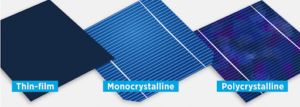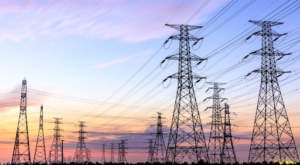Now a fixture across the UK, solar panels offer a sustainable and more eco-friendly way to create electricity. Read on to learn more about how these clever panels work.
Capturing the sun
There are different types of solar panel available, including monocrystalline solar panels, polycrystalline solar panels, and thin-film solar panels. These are made from different materials and offer their own advantages. If you are keen to discover whether your property could be suitable for solar panels, it makes sense to consult expert solar panel installers Bath to provide the best advice .

Image credit
Each solar panel consists of a number of photovoltaic cells that contain silicon atoms, with these atoms playing a vital role as semiconductors of electricity. When the sunlight reaches a solar panel, it strikes the photovoltaic cell and the protons in each ray react with the silicon within it. This meeting of the sunlight’s protons and the silicon atoms leads to the creation of an energy field inside the solar panel’s photovoltaic cell and begin to form an electrical current, which is the beginning of the renewable power source that can be used to power electrical appliances around the home or even stored for use at night.
Each photovoltaic cell also contains metallic contacts, which act to draw the newly generated electrical current to them and form an electrical circuit. You can read more about the technology involved in solar panels here, alternatively, solar panel installers in Bath will be able to provide you with more information.
The next step
The electricity has been generated; however, before it reaches the wires in the home, there is another vital step to take. Our households use AC electricity but the power created by solar panels is DC; therefore, the current must be put through an inverter. This key device ensures the solar electricity is on the same frequency as the electricity produced by the National Grid. The electricity is now ready to be put into use around the home or stored for use once the sun has gone down.
